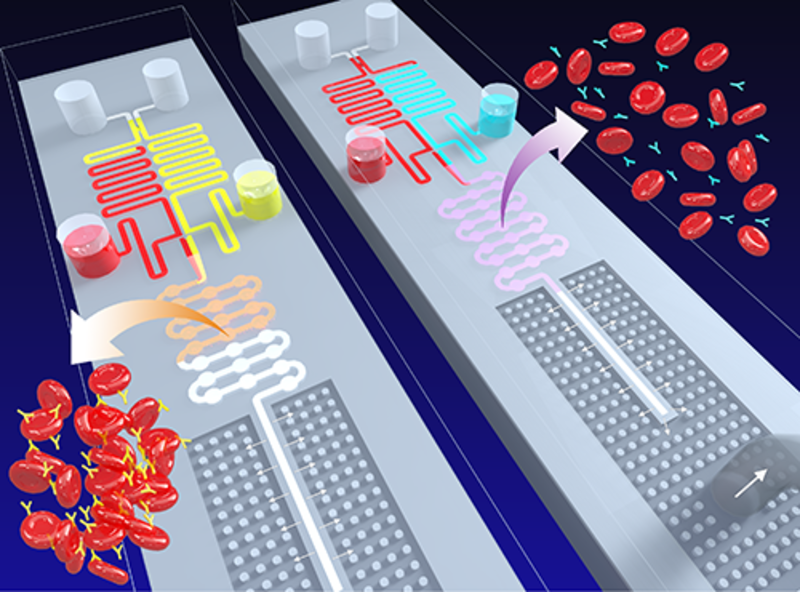
The research team at the University at Buffalo in the US is developing a fast and efficient lab-on-a-chip device, which is the size of a small coin.
Until now, one of the obstacles in creating such a device has been the absence of an efficient and reliable technique to mix and move blood as well as other fluids through the chip’s micro and nano-sized valves and pumps.
To address this concern, the researchers have employed capillary and vacuum-driven forces for manipulating the movement of fluids in their new chip.
The team said the enhancement solves the critical issue of the pressure difference between the fluids that causes backward flow in such devices instead of into the desired channel.
University at Buffalo electrical engineering and biomedical engineering associate professor Kwang Oh said: “It’s kind of like plumbing – we’re moving fluids around and dealing with different pressures and flows.
“The chip could become the basis for faster, more efficient and reliable lab-on-a-chip devices.
“It puts us closer to using such devices where medical labs are lacking, such as the developing world, battlefields, and even our homes.”
The researchers conducted various experiments to demonstrate the ability of their chip to accurately interpret eight blood types depending on the time taken by them to flow through the device.
The device can be used for additional biological and chemical assays, Oh added.
As the new chip does not need any sensors or external sources of power, it is expected to allow inexpensive manufacturing.



